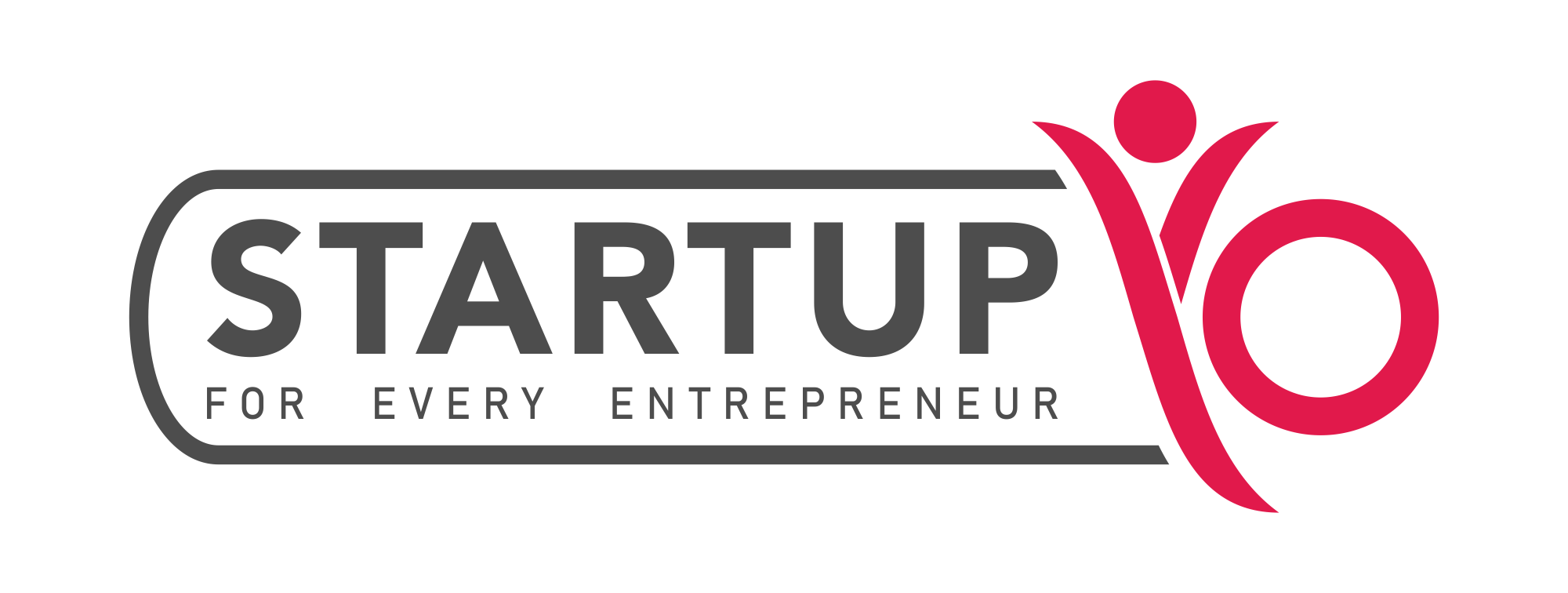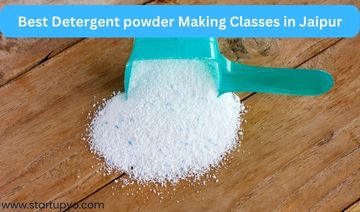Overview
Making a shortcake sweeter or a boring toasted bread delightful to eat or even stocking up on them in your fanny pack while you plan for an extensive road trip. Jams and jellies have been a feast for everyone as kids and even now as adults when you are to lazy to make yourself a meal.
With the added notional value in these and claims which justifies its manufacturing from farm fresh and organic fruits in this era of growing diversions towards healthy and nutritious eating, jams have increasingly managed to capture a huge market share and maintain its space in the shelf of every house. On the other hand talking about jellies, those fruit flavoured gelatine bites which still drive the kids crazy because of it’s irreplaceable properties unlike in those chocolate munches and bars.
The Indian sweet spread market including jams and jellies was pegged more than $211 million in the year 2016 and is expected to reach a high of $527 million. Does look like a sweet and juicy manufacturing opportunity, doesn’t it? Let’s dig in.
Market potential and uses
Beginning with the most important distinction to clarify I.e between jellies and jams.
| JAMS | JELLIES |
| Jams contain the fruit pulp | Jellies on the other hand have the juice form of fruit |
| It refers to the product made with whole fruits cut in to prices and crushed | These are the only made of firm fruit juice |
| Jams cannot hold themselves because of its gelled texture | Jellies are fully capable of holding themselves in one place in distinctive shapes |
| Jams can be accompanied with food and desserts | Jellies can be accompanied individually, with desserts, food as well |
The market potential for jams and jellies is increasing at an increasing rate. For jams because of its long shelf life, nutrition of fruits and because it provides a ready to make food option. For jellies because of the fact that these are fruit juice based, make a filling snack, has low calories and has properties unlike other candies, chocolates etc
Read More : How to Start Tomato Sauce Making Business ?
Their market potential for these products can be further defined on the following bases :
- Strawberry
- Marmalade
- Blackberry
- Raspberry
- Blueberry
- Mixed fruit
- Used for mixing in cocktails
- Used for making toasts
- Used as a topping for creamy desserts
- Making shortcake
- Used as a topping for pancakes
- Grape
- Blackberry
- Blueberry
- Raspberry
- Strawberry
- Apricot
- Cherry
- Used for making yogurt
- Used in oatmeal
- Used as a dressing for biscuits
Licenses required
The licenses required to run the jams jellies making business is
- FMCG registration and certificate
- Trade licence
- MSME registration
- GST registration
- NOC by the state pollution control board.
Investment required
The investment required to run a jam jelly making business is ₹10 lakh-₹20 lakh.
Profits made
The profits made from this business is ₹3 lakh per month.
Read More : How to Start Wheat Flour Production Business ?
Target consumers
The target consumers for this jam jelly making business are
Cafés: The cafés are a target market because they require jams and jellies as stuffings for croissants, buns as well as dips.
Restaurants: Restaurants require jams and jellies for the purpose of preparing breakfast meals they’ve to offer to the customers with breads, sandwiches, pancakes, pies etc.
Grocery stores: Grocery stores stock up on sachets, packets, jars, bottles of jams and jellies to meet the requirements of the working class as well as kids who require a wholesome yet ready to eat meal for breakfast.
Supermarkets: The supermarkets also stock up on various flavours of jams and jellies to meet the various requirements of every consumer niche.
Canteens: The canteens of colleges, schools, commercial offices also require jams to meet their sweet spread needs.
Online grocery stores: The online grocery stores like big basket, Amazon grocery, grofers etc also require the jams and jellies manufactures under your brand to provide their customers with variety in flavours, manufacturing processes, fruits, packaging, shelf life etc.
Area required
The area required to set up this jam jelly making business are is 1000 sq ft.
Raw materials, Machinery & Manpower
- Fruits
- Sugar
- Pectin
- Additives
- Preservatives
- Gelatine
- Jars: plastic, glass, fibre
- Labels
- Cardboard boxes
- Pulled machine
- Juice extractor
- Mixer/grinder
- Slicing machine
- Steam jacketed kettle
- Baby boiler
- Bottle washing and filling
- Stirrers, gloves etc
- 1-health inspection supervisor
- 2-skilled workers
- 3-unskilled workers
Moreover ample training to these workers in terms of the following must also be provided with
- Equipment handling
- Machine usage
- Safety and precautions
Process
- Washing, peeling, slicing
- Boiling
- Mixing of sugar with pulp
- Cooling
- Packing
- Washing, peeling of fruits
- Addition of sugar in fruits
- Boiling
- Cooling and packaging
Business model and growth
The business model of a jam jelly making business can be defined using these 4 variants
Value proposition: The value which these jam jelly making business is likely to provide to you is:
- These products are of a routine consumption and have a wide range in terms of flavours, packaging and shelf life meeting the large demand of every consumer.
- These products are also a part of an essentials purchase of the majority of consumers so the supply remains unaffected by all the possible phenomenons.
- Restaurants
- Cafés
- Canteens
- Groceries
- Supermarkets
- Kisaan
- Splitz
- Natureland
- Pep and pure
- Pursuit industries
Marketing strategy : The marketing strategy that can be implemented by your jam jelly making business could be
Advertising: Through tv commercials, brand ambassadors, brand endorsements, tie ups.
Print media: Blogs, articles justifying your natural manufacturing processes without any preservatives added etc
Growth
The jam jelly making business has the potential and has witnessed the following growth prospects
- The Indian sweet spread market is expected to grow at a CAGR of 16%.
- This market is likely to be worth a high of $527 million by the end of the FY .
Profit margin
He profit margin which a jams jelly making business is likely to provide to you is 30%.
Read More : How Does A Food Franchise Work?
Suggestions
While you spread out that fresh jam on your bread well spread out the reasons for you to take up this opportunity
- Because of trends in manufacturing low calories, no added preservatives and organic jams and jellies the market for this is vast because of the growing health awareness among consumers
- The manufacturing process of making jams and jellies is minimal and has a vast distributor network
- The demand for the jams and jellies under your brand could also cater to the foreign demand because of the flavour and fruits made available by you.



